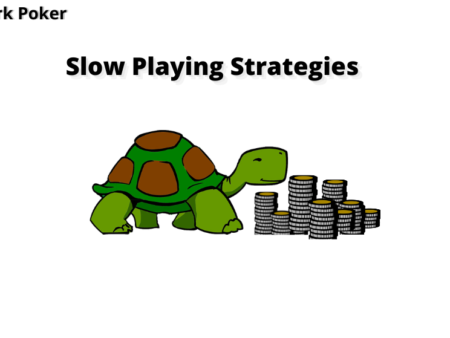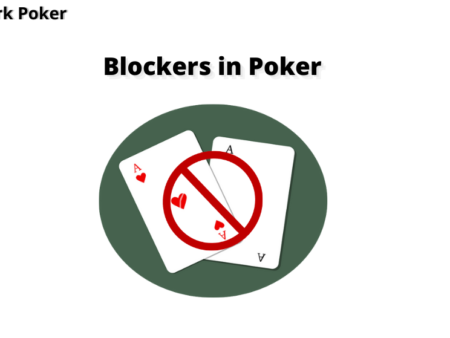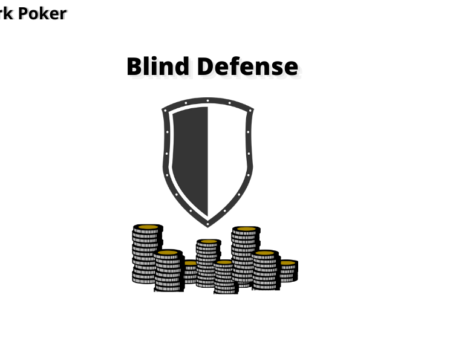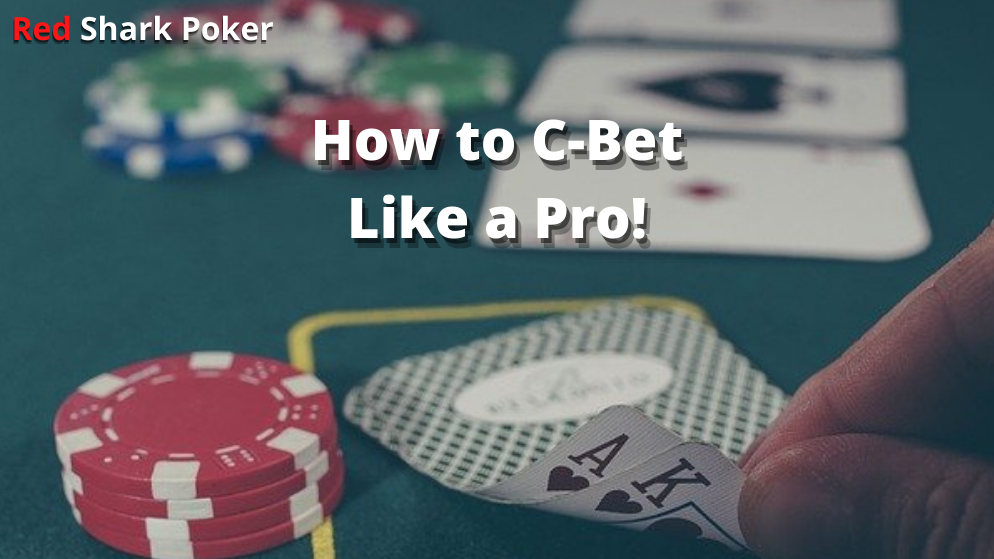
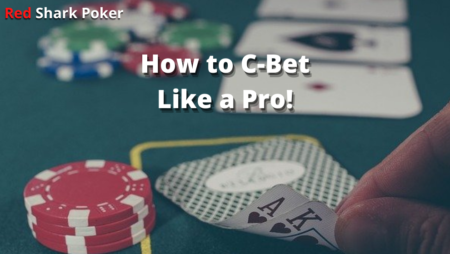
Cbet is one of the most important concepts used on the flop. Poker is a game of observation where everyone keeps an eye on each other’s move. Your opponents watch every move of yours closely, like your bet sizing, call frequency, fold frequency, etc. Preflop is the round where your moves are observed the most, especially when you raise. All eyes are on you! When you raise preflop, what will you do on the flop – Will you check or will you bet?
Your move is going to send strong signals on your poker hand strength. If you check, it indicates you missed the flop. If you bet, it indicates you have hit something. So, this bet on the flop is important for you to continue your preflop story. This bet is called a continuation bet or cbet.
So, do you realize how important cbet is when you raise preflop? Let us understand cbetting in detail and explore some time-tested poker strategies.
What is a Continuation Bet or Cbet?
Continuation bet or cbet is a bet you make on the flop if you have raised preflop. It is not always necessary for you to hit anything on the flop for cbetting. You can also cbet and semi-bluff if you have good outs that might hit the board later.
For example, you have raised preflop with K♥ Q♥, and the flop reads 10♥ 3♥ 7♠. If you bet on the flop, it will be a c bet. You may not have the best hand, but you still have a flush draw and a chance to hit a top pair. Your c-bet as a bluff might force your opponent to fold, and you can win the pot right away.
When to Cbet in Poker?
You must have realized how important cbet is for you to continue your preflop story. But the real question is when to c-bet? Let us look at some cbetting strategies.
When You Hit the Board
This is a no-brainer. C-bet when you have hit something on the flop and build the pot. Continue cbetting for value on the later streets if you think you have the best hand. If you don’t c-bet on the flop and bet on the later streets, you will miss out on value.
C-bet on Dry Board with Big Cards
Dry boards with big cards like Aces, Kings or Queens help you with your continuation bet. Boards like A♥ 3♦ 7♠, K♣ 2♦ 7 ♠ or Q♦ 2♠ 9♥ help you to continue your preflop story. Even if you miss the flop, you can easily represent any of those big cards as you were the preflop raiser. As the board is dry, your opponent will have tough odds of hitting a flush or straight. A big c-bet can force your opponent to make a quick fold.
Assess the Situation
Look at the board texture to decide whether your opponent will call your cbet. Your cbet will be wasted if your opponent folds, and you will end up with no value. Let’s look at two examples: You hold A♠ J♦ and the flop comes A♦ A♦ J♠. If you cbet here, your opponent will most likely fold, and you will not get any value. Check and let your opponent bluff, or let him improve his hand to a flush on the later streets. In the another example, if you hold A♠ J♦ and the board comes J♥ 7♠ 2♦, you can cbet here as your opponent will most like call. You have a top pair with top kicker, and if another ace hits, you will still have the best hand.
Use Your Position to Bluff with Cbet
You usually hit the flop 1 out of 3 times. But what do you do if you miss the flop? Use your position to make a c-bet and bluff. Let’s look at two examples:
Early Position Bluff: You raise to 3X big blind (bb) with A♠ Q♠ from UTG. The Button calls, and everyone else folds. The flop reads K♣ 2♥ K♠. Here, you can represent Trips as a King is well within your early position hand range. You cbet 3/4 the pot, and the villain makes a quick fold.
Late Position Bluff: You are on the button and open raise to 3X bb with 5♦ 6♦, The Big Blind calls, and everyone else folds. The flop comes 7♣ 2♥ 7♠, and the villain checks. Here, you can use your position to your advantage. A seven or a deuce seem unlikely for blind defence in the villain’s range. As you are playing from the Button, a 7 can be well within your range. So, here you can easily represent Trips of sevens. You c-bet 1/2 the pot, and the villain makes a quick fold.
How much to Bet?
The next important question is how much to cbet in poker? A good cbet is usually between 2/3 to 3/4 the size of the pot. However, it depends a lot on what type of players who enter the pot. If you have the nut hand (best hand) on the flop and your opponent is a type of player who never folds, just make a big c-bet to extract good value. In the same situation, if your opponent folds too often, make a small cbet so that you can extract some value.
When Not to Cbet?
There are certain situations where cbetting strategies don’t work. Let’s take a look at those situations.
Don’t Cbet Against Multiple Opponents
If you raise preflop and get called by multiple opponents, you should not c-bet. Continuation bet rarely works with multiple opponents. Multi-way pot ruins your equity as any of your opponents may hit the flop or improve their hand on later streets. Even if you make a c-bet bluff, you are most likely to be called. So, it’s better not to cbet with multiple opponents.
Don’t Bluff Against Calling Stations
Calling stations or loose-passive players have the habit of calling any bet post-flop. So, don’t bluff with a c-bet on the flop thinking that such a player will fold. If the board doesn’t look promising, just check and see if the calling station raises. If a calling station raises, it is a strong indication that he has hit the flop. In such a situation, it is better to fold.
Don’t Cbet on Wet Boards
If the flop reads a drawing board with flush draws or straight draws and you have not connected with the board, it is better to play it safe if you don’t have the draws. Your opponent might have hit a straight or flush on the flop, or they might improve their draws on the later streets. In such situations, it is better to check to see a cheap turn.
Conclusion
Cbet is a very powerful move; so, it shouldn’t be overused. If you cbet too often, you will lose credibility. It is important to monitor your cbet frequency to make sure that your opponents take your cbet seriously. An effective cbetting frequency should be around 50% to 70%, which means that you should be cbetting 50 to 70 times out of the 100 hands played as a preflop raiser.

